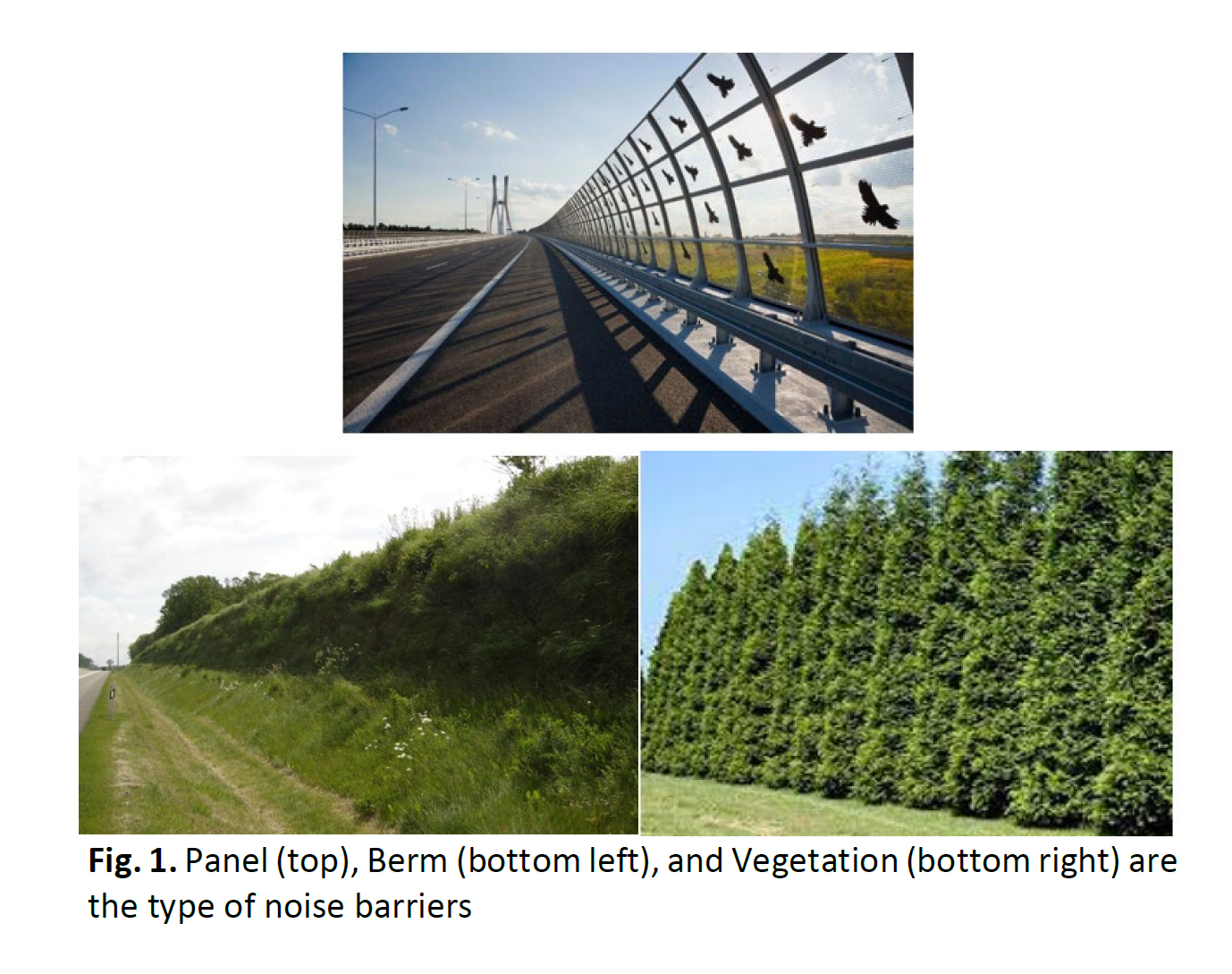Validation of Noise Barrier Insertion Loss Simulation in Reducing Road Traffic Noise by Site Measurement Data
DOI:
https://doi.org/10.37934/aram.125.1.174184Keywords:
Noise barrier, Insertion Loss, FEA SimulationAbstract
A noise barrier serves as a method to control noise pollution resulting from road traffic, particularly prevalent in rural areas near heavy traffic routes such as highways. This study focuses on simulating the sound Insertion Loss (IL) of existing noise barriers designed to mitigate road traffic noise around school areas. The primary goal is to assess the precision of the Finite Element Modeling (FEM) program. Utilizing the finite element analysis software, COMSOL, the study models the noise barrier and its surroundings in two-dimensional acoustic radiation problem based on on-site dimensions and parameters. By examining the often-neglected aspect of noise leakage and its impact on noise reduction, the research aims to provide specific guidance for urban planners and architects to optimize noise mitigation in various urban settings. The study reveals a strong agreement between the simulated IL and on-site measurements, with a minimal difference ranging from 0.4 dB to 1.1 dBA on average. Additionally, the research suggests potential improvements to simulation accuracy through adjustments in aperture sizes. The findings demonstrate that finite element simulation can be a valuable tool for designers to assess the effectiveness of noise barriers before construction begins.
Downloads



























